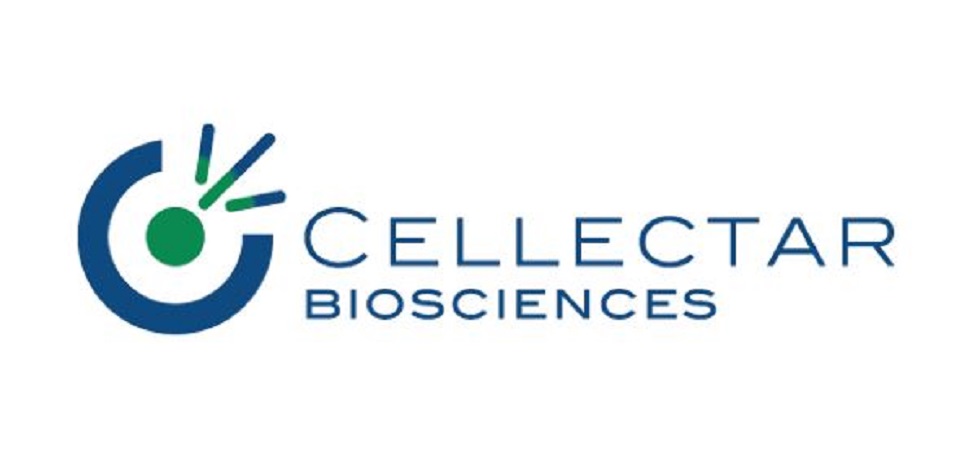
04 Dec Cellectar Biosciences: Initiates cohort 6 of Phase 1b trial evaluating CLR 131 in relapsed/refractory multiple myeloma
FLORHAM PARK, N.J. — Cellectar Biosciences (Nasdaq: CLRB), a clinical-stage biopharmaceutical company focused on the discovery, development and commercialization of drugs for the treatment of cancer, announces the initiation of Cohort 6 of its ongoing Phase 1b trial evaluating CLR 131 for the treatment of relapsed/refractory (R/R) multiple myeloma (MM). Cohort 6 will evaluate up to four patients with each receiving two doses of 18.75 mCi/m2 of CLR 131 administered one week apart. This fractionated dosing regimen will result in each patient being treated with a total of approximately 75.0 mCi of CLR 131, representing an increase in average total exposure of greater than 15% over Cohort 5.
Cohort 5 also used a fractionated dosing regimen and results showed an ability to administer higher average drug exposure compared with previous cohorts that used bolus dosing. The results seen in Cohort 5 suggest the potential of fractionated dosing to reduce adverse events while improving efficacy. The independent Data Monitoring Committee (DMC) determined the Cohort 5 dose to be safe and well tolerated, and the DMC recommended advancement to the higher dose being used in Cohort 6.
“Cohort 6 builds upon the fractionated dosing we successfully employed with Cohort 5, and we look forward to the results from utilizing a higher drug concentration in this two-dose fractionated approach,” said James Caruso, president and chief executive officer of Cellectar Biosciences. “Importantly,” Caruso continued, “while cohort 5 showed fewer adverse events than cohort 4, total radiation exposure was greater.”


Sorry, the comment form is closed at this time.